Key Takeaways
- Brain training enhances a puppy’s intelligence and reduces problematic behaviors.
- Start with simple commands and gradually introduce more complex tasks to keep your puppy engaged.
- Use puzzle toys and games like hide-and-seek to provide mental stimulation.
- Create a consistent training environment and integrate learning into everyday interactions.
- Socialization is a key component of brain training, helping your puppy adapt to various situations.
Why Brain Training is Essential for Your Puppy
Just like humans, puppies have an incredible capacity for learning. In fact, their early months are a golden opportunity to shape their intelligence and behavior. Brain training is not just about teaching tricks; it’s about nurturing a well-adjusted, happy, and obedient companion. And here’s the kicker: a mentally stimulated puppy is less likely to pick up bad habits. This means less chewing, less barking, and less digging up your backyard. Let’s dive into why brain training is a game-changer for your furry friend.
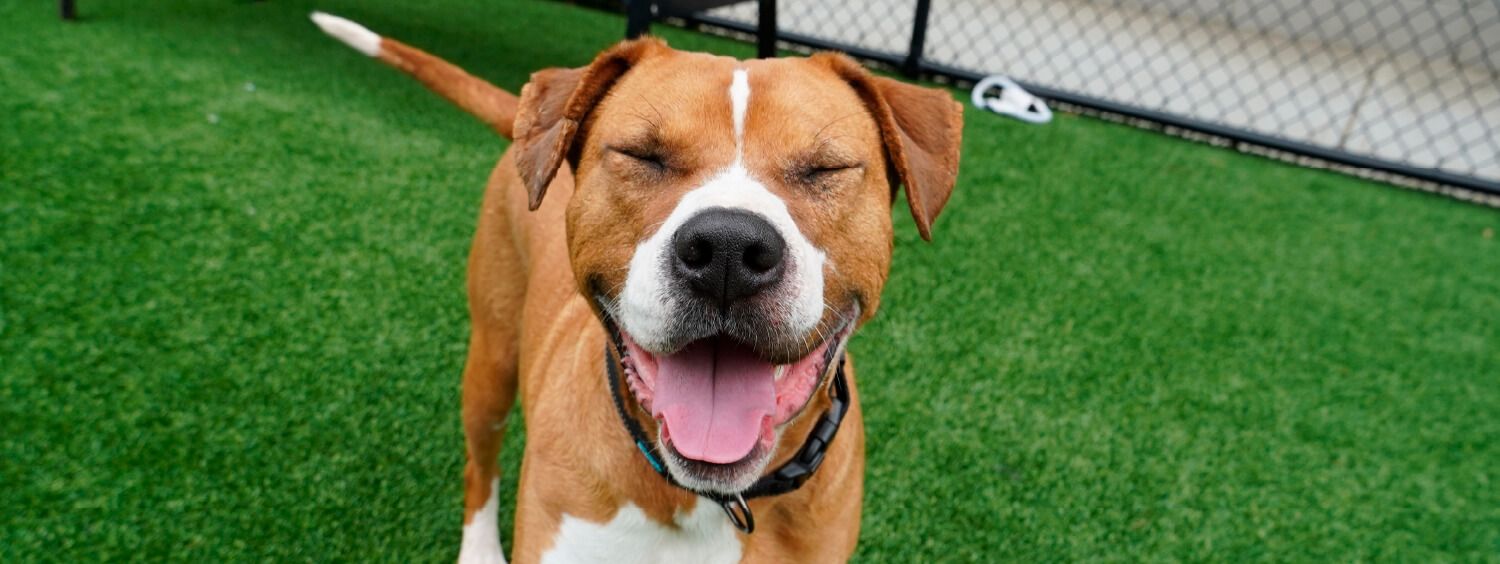
The Importance of Mental Stimulation
Mental stimulation is as crucial for your puppy as physical exercise. Without it, your pup may become bored, which can lead to destructive behaviors. A stimulated mind leads to a more adaptable and confident dog, one that’s less prone to anxiety and fear-based behaviors. By engaging your puppy’s brain, you are setting the stage for a lifetime of positive learning and behavior.
How Training Enhances Your Puppy’s Intelligence
Brain training does more than teach your puppy how to sit or stay. It enhances problem-solving skills, improves memory, and increases overall cognitive function. Just as importantly, it strengthens the bond between you and your puppy, as you work together and communicate more effectively. This leads to a deeper mutual respect and a more harmonious relationship.
First Steps in Puppy Brain Training
Wondering where to begin? The first step is to assess your puppy’s individual needs. Consider their breed, age, and personality. This helps tailor the training to be both fun and challenging. Remember, positive reinforcement is key. Always use treats, praise, or toys to reward your puppy’s successes.
Selecting the Right Training Techniques
Choose training methods that align with your puppy’s natural inclinations. Does your pup have a knack for sniffing? Scent games might be a hit. Is your puppy a social butterfly? Group training classes could be beneficial. The right technique will make training enjoyable and effective.
Understanding Your Puppy’s Learning Style
Every puppy is unique. Some may respond best to verbal cues, while others are more visual or tactile learners. Paying attention to how your puppy responds to different stimuli will allow you to customize your approach for the best results.
Now, let’s get to the fun part. Interactive games and toys are not just playthings; they’re educational tools that can significantly boost your puppy’s brain power. By incorporating these into your daily routine, you’re not only giving your puppy a way to burn off energy, but also to develop critical thinking skills.
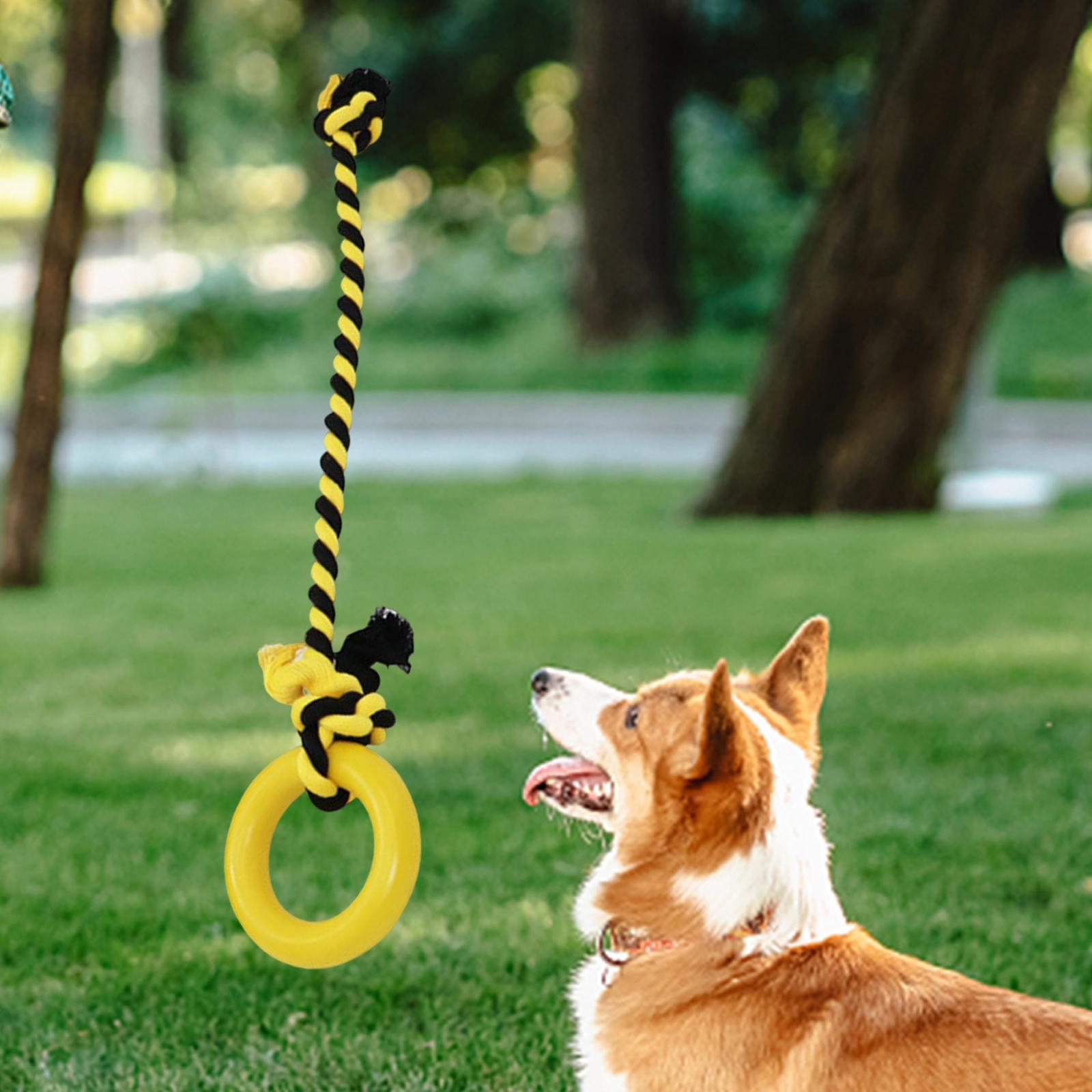
Most importantly, interactive play is a chance for you to bond with your puppy. These moments are not just about having fun; they’re teaching moments where your puppy learns to trust and understand you. And because you’re having fun together, your puppy will start to associate learning and obedience with positive experiences.
Therefore, choosing the right games and toys is crucial for effective brain training for dogs. They should be challenging enough to keep your puppy engaged but not so difficult that they become frustrated. The goal is to find that sweet spot where your puppy is having fun and learning at the same time.
Puzzle Toys and Their Benefits
Puzzle toys are a fantastic way to encourage problem-solving. These toys, which often require your puppy to figure out how to get a treat, engage their natural curiosity and desire to play. They come in various shapes and sizes, each offering a unique challenge that will keep your puppy’s mind sharp.
Because puzzle toys can be set to different levels of difficulty, they’re perfect for all stages of your puppy’s development. As your puppy gets better at solving them, you can increase the complexity to keep them challenged and engaged.
Hide-and-Seek Games for Mental Engagement
Hide-and-seek isn’t just a game for kids; it’s also a great brain workout for puppies. Hiding treats around the house or garden encourages your puppy to use their sense of smell and problem-solving skills to find them. This game is also helpful for reinforcing the ‘come’ command, as you can call your puppy to you once they’ve found each treat.
Creating a Stimulating Environment for Your Puppy
A stimulating environment is key to a successful brain training program. This doesn’t mean you need to turn your home into a puppy playground, but it does mean creating spaces and opportunities for your puppy to learn and grow.
Designate specific areas for training and play. This helps your puppy understand that these are places where focus and fun happen. It’s also important to keep these areas free from distractions when you’re training, so your puppy can concentrate on the tasks at hand.
Remember, a stimulating environment isn’t just about physical space; it’s about creating a learning atmosphere. This can be as simple as talking to your puppy throughout the day, exposing them to different sounds and experiences, and letting them explore safely under your supervision. Learn more about basic safety command training for your dog to enhance their learning environment.
Example: When setting up a training space for your puppy, consider the following:
– Choose a quiet area to minimize distractions.
– Ensure the space is safe and free from hazards.
– Use mats or rugs for comfort, especially on hard surfaces.
– Have a variety of toys and training aids at hand to keep sessions engaging.
Setting Up Training Spaces
Choose a quiet spot in your home where your puppy can learn without distractions. Make sure it’s a safe area where they can’t hurt themselves or get into anything they shouldn’t. Lay down some comfortable mats or rugs, especially if you have hard floors, to protect your puppy’s joints during play and training.
Using Everyday Interactions for Learning
Every moment with your puppy is an opportunity for brain training. Simple daily interactions can be turned into teachable moments. For instance, meal times can be used to practice ‘sit’ and ‘stay’ commands, while grooming can reinforce ‘calm’ behavior. By integrating learning into your daily routine, you’re helping your puppy understand that good behavior is a constant expectation.
Socialization and Its Role in Brain Training
Socialization is a critical part of your puppy’s brain training. It’s not just about teaching them to be friendly; it’s about exposing them to a variety of experiences that will shape their behavior and reactions to the world around them.
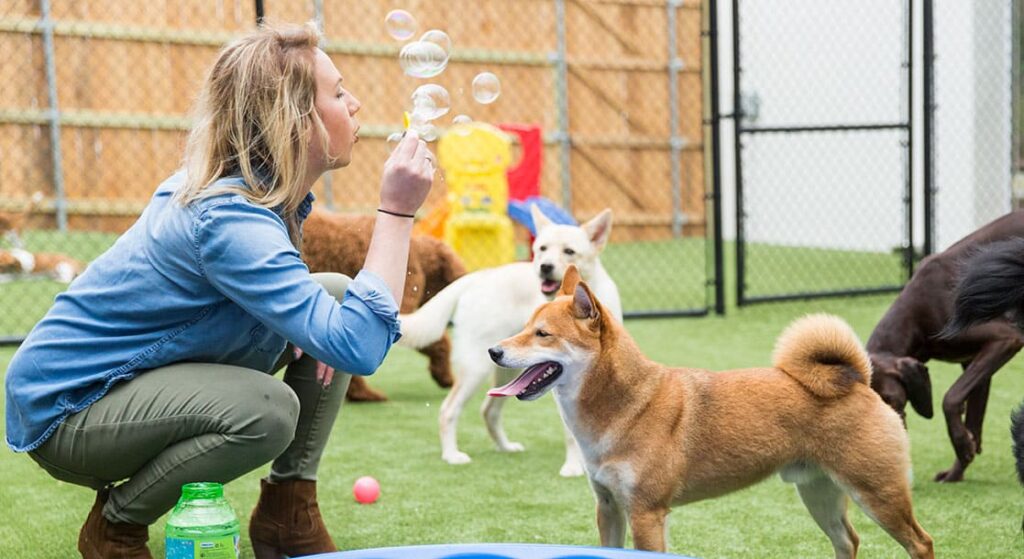
By socializing your puppy, you’re helping them develop confidence and adaptability. This is important because a well-socialized puppy is less likely to react negatively to new experiences, whether it’s meeting new people, encountering other animals, or hearing unfamiliar noises.
Why Social Experiences Are Important
Social experiences teach your puppy about the world. They learn what to expect and how to behave in different situations. This exposure reduces fear and anxiety, leading to a more well-adjusted adult dog.
It’s essential to start socialization early, ideally during the puppy stage when your dog is most receptive to new experiences. However, it’s also important to ensure these experiences are positive. Negative encounters can have the opposite effect, leading to fear and aggression.
Integrating Socialization Into Your Training Routine
Integrate socialization into your training routine by taking your puppy to different environments. Visit friends with pets, take walks in busy parks, and expose your puppy to various sights and sounds. Always keep these experiences positive and rewarding to build confidence.
Tracking Your Puppy’s Progress
Just like any student, it’s important to track your puppy’s progress. This helps you understand what’s working and what might need a bit more focus. Keep a simple log of your puppy’s achievements, noting when they master a new command or overcome a particular challenge.
Milestones to Look For
As your puppy grows, there are certain milestones you should be looking for in their brain training journey. These include:
- Responding to basic commands like ‘sit’, ‘stay’, and ‘come’
- Showing problem-solving skills with puzzle toys
- Interacting positively with new people and pets
- Adapting to new environments without fear or aggression
When you notice these milestones, celebrate them. Positive reinforcement doesn’t just apply to the moment of learning; it’s also about acknowledging your puppy’s progress and rewarding them for it.
Keep in mind that every puppy is different. Some may breeze through training while others take a bit more time. Patience is your best friend here. Always approach training with a positive attitude and plenty of encouragement.
Adjusting the Training as Your Puppy Develops
As your puppy grows and develops, their training needs will change. Be prepared to adjust your methods as they mature. This might mean introducing more complex commands, varying your training routines, or incorporating new challenges to keep them engaged.
Expert Secrets to Successful Brain Training
Now, let’s talk about some expert secrets to brain training success. Consistency is the cornerstone of any training program. Dogs thrive on routine and clear expectations. This means setting regular training sessions and sticking to them.
But what if you hit a roadblock? It’s normal for puppies to experience setbacks in training. The key is not to get discouraged. Instead, take a step back, reassess your approach, and try a different tactic. Sometimes a small change in technique or a bit of extra patience is all it takes to overcome a hurdle.
Remember, the goal of brain training is not just to have a well-behaved puppy. It’s about creating a strong, loving bond between you and your pet. So enjoy the journey, celebrate the small wins, and watch as your puppy transforms into a true canine genius.
Addressing setbacks in your puppy’s brain training is a natural part of the learning process. If your puppy seems to be struggling or regressing, don’t worry. This is common and can be a sign that your puppy is trying to understand and internalize the new behaviors.
Addressing Setbacks in Training
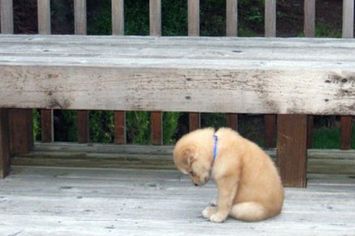
When facing setbacks, it’s important to stay calm and patient. Dogs are incredibly perceptive and can pick up on our emotions. If you’re frustrated, your puppy will sense this and may become anxious, which can further hinder progress. Take a deep breath, reassess your approach, and try to identify the cause of the setback. Are the training sessions too long? Is the environment too distracting? Adjust accordingly and always end on a positive note to keep your puppy’s morale high. For more guidance, read about mastering basic safety command training for your dog.
Transform Your Puppy Into a Genius
Transforming your puppy into a genius requires dedication, patience, and the right approach. As you progress through your brain training journey, you’ll notice incredible changes in your puppy’s behavior and abilities. Keep challenging them with new tasks and puzzles to maintain their progress and keep their minds sharp.
Remember, the ultimate goal of brain training is not just about obedience. It’s about empowering your puppy to reach their full potential, enhancing your bond, and ensuring a happy and fulfilling life together. So, keep the sessions fun, engaging, and full of love, and you’ll both enjoy the rewards that come with a well-trained, intelligent dog.
For example, consider the story of Bella, a once unruly and hyperactive puppy. Her owner started incorporating brain training games into their daily routine. Within weeks, Bella was not only responding to commands more consistently, but she also seemed calmer and more content. The brain training had given her a constructive outlet for her energy, and her improved behavior was a testament to the power of mental stimulation.
Real-Life Success Stories
Countless dog owners have witnessed the transformative power of brain training. From unruly puppies who couldn’t sit still to older dogs set in their ways, brain training has opened up a world of understanding and cooperation between dogs and their owners. With the right guidance and techniques, any dog can become a well-behaved, intelligent companion.
Next Steps to Enhance Your Training
Once you’ve established a solid foundation with brain training, don’t stop there. Continue to enhance your puppy’s training by introducing new activities that challenge them in different ways. Enroll in advanced classes, try out new dog sports, or simply create complex games at home. The possibilities for growth are endless.
FAQ
Got questions? Here are some answers to common queries about brain training for puppies.
How Young Can You Begin Brain Training With a Puppy?
You can start simple brain training exercises as soon as your puppy is settled into their new home. Puppies as young as eight weeks old can learn basic commands like ‘sit’ and ‘stay’. The key is to keep training sessions short, fun, and rewarding.
How Much Time Should I Spend on Brain Training Each Day?
Short, frequent training sessions are best. Aim for 5 to 10 minutes, several times a day. Puppies have short attention spans, so it’s important to keep training sessions engaging and end them before your puppy loses interest.
As your puppy grows and their concentration improves, you can gradually increase the duration of the training sessions. But always be mindful of their mood and energy levels; the goal is to keep training enjoyable for both of you.
Are Treats Necessary for Brain Training?
Treats are a powerful motivator and can be very effective during training sessions. However, they are not the only reward you can use. Praise, petting, and playtime can also be used to reinforce positive behaviors. The key is to find what your puppy responds to best and use that as a reward.
What If My Puppy Seems Uninterested in the Training?
If your puppy seems uninterested in training, it may be time to switch things up. Try different rewards, change the environment, or simplify the task. Ensure you’re not pushing them too hard and that the training sessions are fun and rewarding.
Can Older Dogs Benefit From Brain Training?
Absolutely! It’s never too late to start brain training. Older dogs may take a bit longer to learn new behaviors, but they can still benefit greatly from the mental stimulation and challenge. Just be patient and adjust the training to suit their pace and abilities.
In conclusion, by incorporating brain training into your dog’s routine, you’re not only enhancing their cognitive abilities but also improving their overall well-being. It’s a rewarding journey that can strengthen the bond between you and your puppy, leading to a lifetime of happiness and companionship. So, are you ready to unlock your puppy’s genius?
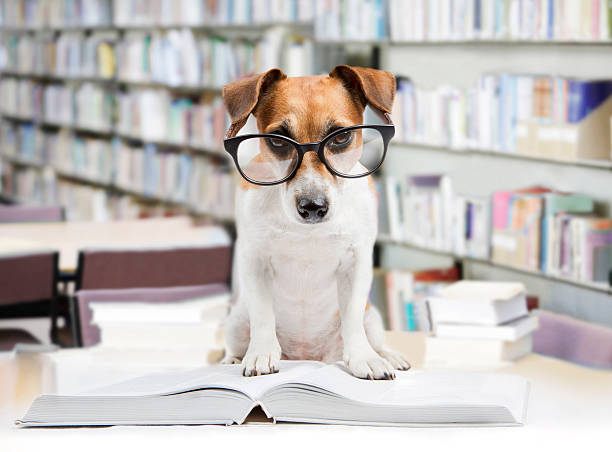
One thought on “Unlock Your Puppy’s Genius: A Step-by-Step Guide to Brain Training for Dogs”